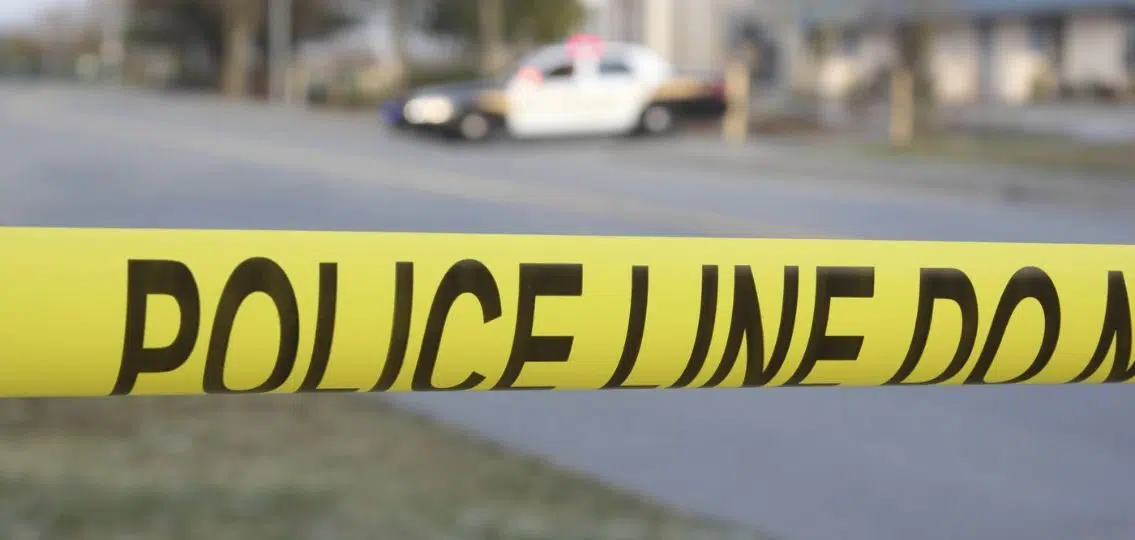I’ve been teaching parents about keeping families safe for nearly three decades at this point, and I am angered, saddened, depressed, frustrated, and, honestly, still shocked that information about school shootings remains relevant. I don’t want to have to teach this stuff. You don’t want to have to read this stuff. Your teens don’t want to have to know this stuff.
But here we are again, in the wake of another mass shooting, with all of us having to deal with it.
So let’s talk.
The Most Important Thing You Should Know
Here’s the really bad news about mass shootings in any environment. Years of bitter experience have taught me that the policies of most institutions, and this includes school districts and police, are not built to protect individual lives. They’re built to protect the institution from legal liability.
That’s why it’s vital for you to understand what the security protocols are at your teen’s school. Talk with your teen about them and, if necessary, with their school administrators. Think about how they might work (or not work) and what your teen could do in an emergency to stay even safer.
For example, in an active shooter emergency, school policy may be to lock the door, turn off the light, and hide under desks. Those safety precautions are reasonable in a school with thick concrete walls and doors with only narrow windows, but in an open-plan school, those measures do little to deny entry or block a shooter’s line of sight. Boilerplate liability safety policies don’t fit every school situation. It’s up to you, as the parent, to determine if the policy makes sense for your child.
What Your Teens Should Know
You teens should know that they have your permission to do what they must to stay safe, even if that means disobeying the instructions of their teachers and administrators—even if they are threatened with punishment for following the safety plan you built together.
Teach them to stay alive using a system taught to me by a former sniper who teaches mass shooting survival internationally. It’s based on the well-known Run-Hide-Fight model. Teach your teens how to survive a mass shooting:
Escape
Don’t just run. Use a combination of running, watching, listening, hiding, crawling, and everything else available to move away from danger while staying under cover whenever necessary. This is a much more active and directed idea than simply running.
Deny
Don’t just hide. Hiding is passive and disempowering. Instead, do everything possible to deny the attacker access to where you are. Barricade doors, block lines of sight, and throw obstacles in their path. Stay actively engaged in the situation and proactive about your plans for survival instead of passively hiding, hoping for the best. Your best chance at survival is by taking an adaptive approach.
Attack
Organize an ambush. Bring in as many friends as you can. Use weapons, like a fire extinguisher or the coffee pot behind the teacher’s desk. Don’t fight fair. Do what it takes to come out of this alive.
Long-Term Solutions: How to Prevent School Shootings
So far, we’ve looked at reactive solutions to gun violence in schools. A proactive approach would be to control gun access from the outset. Put pressure on your government representatives to find a solution. Send emails. Make phone calls. Attend protests. Withhold or increase campaign contributions. Make not keeping your kids safe more inconvenient than stepping up to do the right thing.
If we don’t start calling on our representatives to prioritize the safety of our children, chances are we’ll keep writing and reading more articles about school shootings. I would rather never have to give advice like this again.
